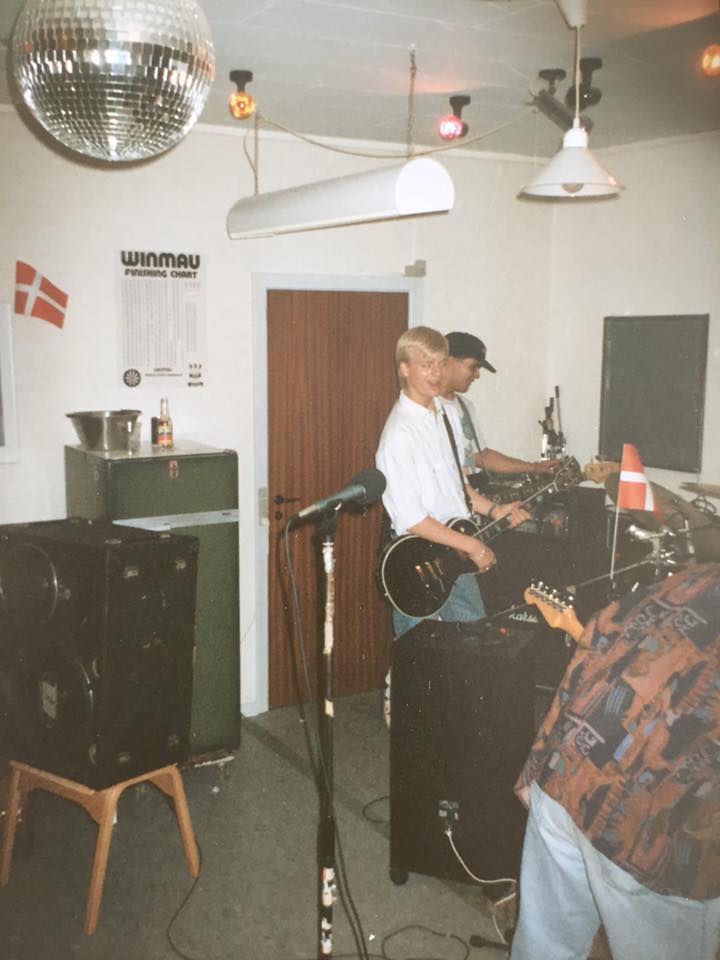Even for a photographer who wants to capture the special moments in their own lives, learning more about photography is important. Learn to avoid making silly mistakes and capture all the special moments you desire.
Different shutter speeds work well in different settings so make sure you have a play around with your camera and determine what works for you. You can capture both a fleeting image or a long time-lapse photograph. The quicker the subject of your photo is moving, the faster your shutter speed needs to be and vice versa.
Recommended reading:
When selecting photographs to place on display or show to an audience, limit your choices to your very best images. Do not show every photograph you have ever taken or too many of the same subject matter. Seeing the same things repeatedly can become boring. Change things up, and show variety in your photography.
Try to adjust your camera so that the background has a bit of a blur to it when people are the subjects of your photos. Having a background that is in full focus will take away from your subject, making it harder to direct your viewer’s focus to the right location. This is most easily accomplished by moving your subject further away from the backdrop.
Even if you don’t know your models, make sure they feel comfortable. Many people feel self-conscious or uncomfortable being put in front of a camera. You can ease their reluctance by engaging them in a friendly conversation and asking permission to photograph them. Turn people onto the idea that photography is a form of art, rather than a form of predation.
If you like the look of old photographs, pick up a vintage camera. These will give your pictures an old-fashioned look and a historical vibe. They can be found in pawn shops and second hand stores. Using black and white film (200 speed), can also create that old-time look. Don’t neglect print-making as an avenue for exploration. Once your film is developed, try ordering prints on different materials, such as fiber-based paper.
If you intend to travel soon, make a mental list of landmarks or other objects that you want to shoot. If you need some inspiration, check out the postcard racks. Postcards have a lot of different ideas of locations or subjects you can take photos of.
Most of the time the subject is looking straight into the camera. A unique effect occurs in a picture when the subject looks away from the camera’s field of view. Another idea is to tell your subject to concentrate on something or someone in the frame of the shot, without looking directly at the camera.
Although counter-intuitive, wearing white in a photograph is actually a terrible idea. Cameras have an auto-focus setting, which will attempt to read all the shades within the shot from the brightest to the darkest. White clothing usually gets washed out in these pictures.
Make sure you read the manual that came with your camera. Manuals frequently are large and awkward. People will shove them in a drawer or even toss them in the trash. Instead of throwing them out, use time to read its contents. The manual can teach you how to take higher-quality pictures and avoid simple mistakes.
Be sure to shoot your photographs without any hesitation, to ensure you get a picture that you will be happy with. Be prepared to snap that image before it disappears. It takes only seconds for an animal to run away or hide. People’s smiles begin to look strained after a short period of time. That cresting wave or speeding SR-71 jet fighter that seemed to appear out of nowhere isn’t going to pause while you fiddle with your flash. Do not pay so much attention to adjusting your settings that you miss the shot you want to take.
As the previous paragraphs have shown, becoming a better photographer is easier than it seems. You can improve your photographic skills through practice and research. Your time learning and practicing will benefit you as you see your photos improve with time.








